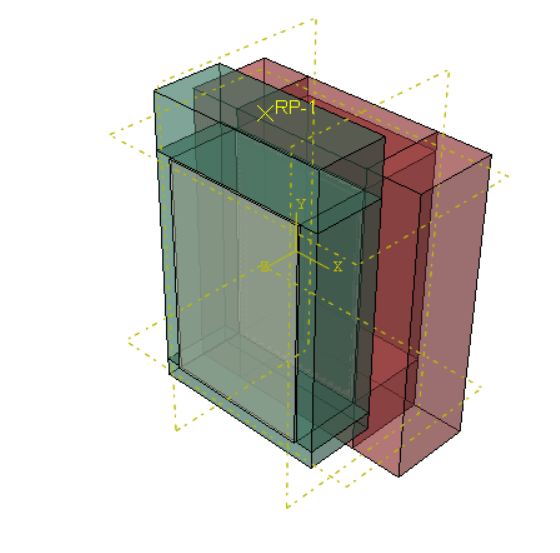als94
Civil/Environmental
- May 3, 2024
- 3
Hello!
I am a young researcher, still learning how to use Abaqus. I would love to model numerically an experimental test made to measure the shear behavior of some particular type of rubber adhesive. The problem is that I am finding some difficulties in the definition of the interaction properties between the different materials.

I have to timber slabs, with a rubber layer on the inner side; between those there is a concrete slab that is pushed down during the test.
I already have tried to define the behavior as General contact with particular definitions on the contact surfaces, but seems that this make the convergence of the analysis impossible.
Do you have some hints or suggestions? It will be really appreciated.
Thanks in advance.
P.S.: In case it will be useful I can also attach the model file.
I am a young researcher, still learning how to use Abaqus. I would love to model numerically an experimental test made to measure the shear behavior of some particular type of rubber adhesive. The problem is that I am finding some difficulties in the definition of the interaction properties between the different materials.

I have to timber slabs, with a rubber layer on the inner side; between those there is a concrete slab that is pushed down during the test.
I already have tried to define the behavior as General contact with particular definitions on the contact surfaces, but seems that this make the convergence of the analysis impossible.
Do you have some hints or suggestions? It will be really appreciated.
Thanks in advance.
P.S.: In case it will be useful I can also attach the model file.
